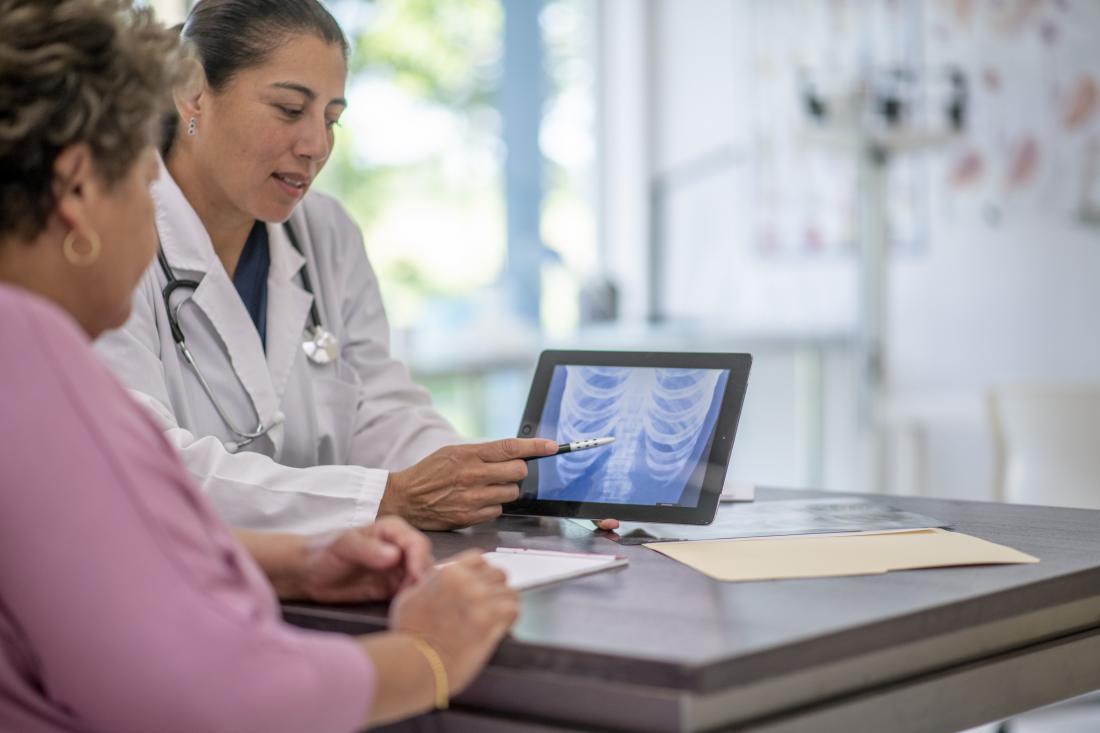Portable breath monitor quickly detects life threatening lung disease

Scientists have developed a portable breath analyzer that can accurately and rapidly detect acute respiratory distress syndrome (ARDS). The device promises to increase rates of survival and reduce healthcare costs for people with the potentially life threatening lung condition.
The team describes the development and testing of the compact new technology — which is roughly the size of a shoebox — in a paper that features in the journal Analytical and Bioanalytical Chemistry.
Timely diagnosis and tracking of ARDS are very challenging because the condition can alter and progress rapidly and has several possible causes.
"The most commonly used ARDS prediction tools are only correct about 18% of the time," says co-senior study author Xudong Fan, a professor of biomedical engineering at the University of Michigan, in Ann Arbor.
In contrast, he and his colleagues showed that the fully automated portable breath analyzer can diagnose ARDS with an accuracy verging on 90% in around 30 minutes.
The researchers tested the technology on 48 volunteers who were receiving treatment at the University of Michigan hospital. Of the volunteers, 21 had ARDS and the others served as controls.
"We've found," Prof. Fan explains, "that if our device tells us the patient is positive for ARDS, it's highly likely that they're positive."
Diagnostic and monitoring tool
The technology in the device uses gas chromatography to analyze nearly 100 molecules in exhaled breath. It captures a sample of breath through a tube that connects to a mechanical ventilator's exhalation port.
The results of the analysis allow doctors not only to test for ARDS but also to determine how far advanced the condition is. The device can also monitor treatment progress after diagnosis.
"We are able to detect the onset and improvement of the condition before traditional changes in X-rays and blood testing would occur," Prof. Fan explains.
Most people who develop ARDS are in the hospital, receiving treatment for other health conditions.
It is rare for ARDS to develop outside of the hospital; when this happens, it is most likely because the person already has severe pneumonia or a similar serious condition.
According to information about the present study from the National Institutes of Health (NIH), around 200,000 people develop ARDS and 74,000 die of the condition every year in the United States.
Pneumonia, sepsis, trauma, and aspiration are among the causes of ARDS. These cause the lungs to become inflamed and fill up with fluid. The fluid obstructs the lungs' tiny air sacs, through which oxygen passes into the blood and carbon dioxide passes out of it.
People with ARDS usually require intensive care treatment and support from mechanical ventilators until their lungs heal.
However, many of those who survive ARDS struggle to get back to their regular activities because their lung function remains poor.
